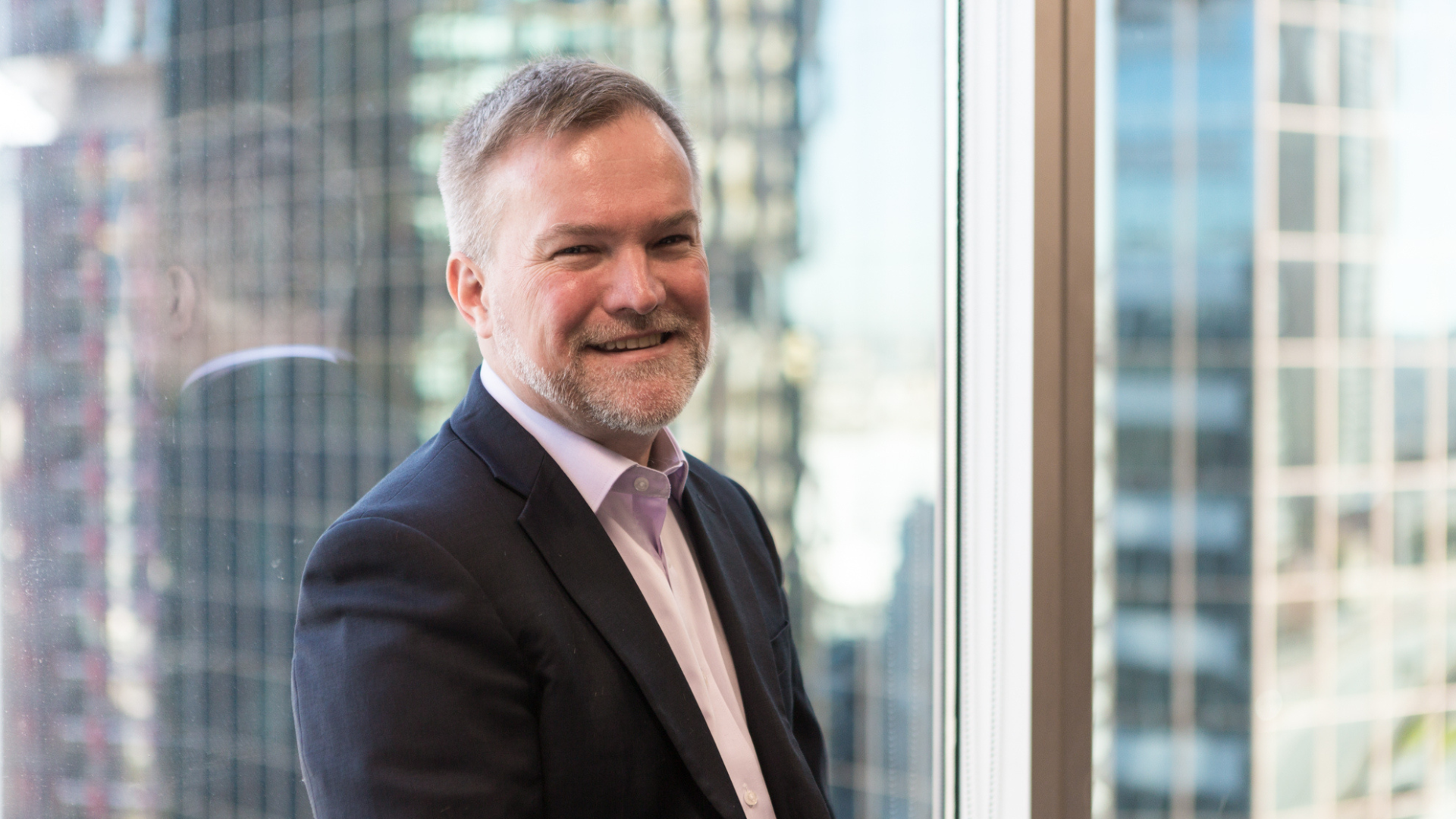CAPE ‘fear’: why inflation-adjusted PE ratios are important
Cyclically adjusted price/earnings ratios are not a great indicator of short-term equity market performance, but they are a good guide to longer-term behaviour, particularly corrections. And Australia is the most highly correlated of 12 major markets.
According to a recent study by Research Affiliates ‘CAPE Fear: Why CAPE Naysayers are Wrong’, many factors have recently been offered to justify elevated CAP ratios. But the underlying arguments are inherently temporary in their nature and subject to near-term or eventual mean reversion.
At 32 times the 10-year average earnings ratio, which the US market currently is, it is expensive, the study says.
A regression analysis shows that Australia has a correlation of 91 per cent of subsequent 10-year stock returns after reaching a peak CAPE (sometimes called a Shiller PE). This is higher than 11 other major markets, closely followed by the UK and France.
The research report says: “What is often lost in the conversation of the “right” level of CAPE is an appreciation for expectations of return in the absence of any mean reversion. Real EPS trend growth since 1871 has been 1.5 per cent. From all-time peak earnings, as a share of GDP, dare we expect more growth than this?
“With a dividend yield of 2.0 per cent, this gives us a real return (yield plus growth) of 3.5 per cent, if valuation levels 10 years hence are exactly where they are today. From current valuation levels, dare we expect PE expansion? If not, the maximum likely return over the next decade is 3.5 per cent. Mean reversion to a value of 23 would deliver a scant return of 30 bps a year, whereas reversion to the historical average CAPE ratio of 16.6 would result in a loss of −2.8 per cent a year. Both scenarios are net of inflation, but include the positive impact of dividends. Returning to the median valuation level since 1990 would take us to a near-zero real return.
“To earn an annualized 5 per cent real return over the next 10 years with a 2 per cent dividend yield, we’ll need 3 per cent real share-price growth. If half the 3 per cent growth comes from earnings growth (matching the trend growth rate since 1871) and half from PE expansion, the CAPE ratio a decade from now will need to be 37 times.
“When considering how to invest, we should ask ourselves: Are we comfortable with these heroic assumptions? Or do we want to invest in markets where sensible returns can be expected, based on sensible assumptions about future growth and mean reversion?”
The report was written by Research Affiliates founder Rob Arnott, director and head of equity research Vitali Kalesnik, and senior v.p. in charge of asset allocation Jim Masturzo.










